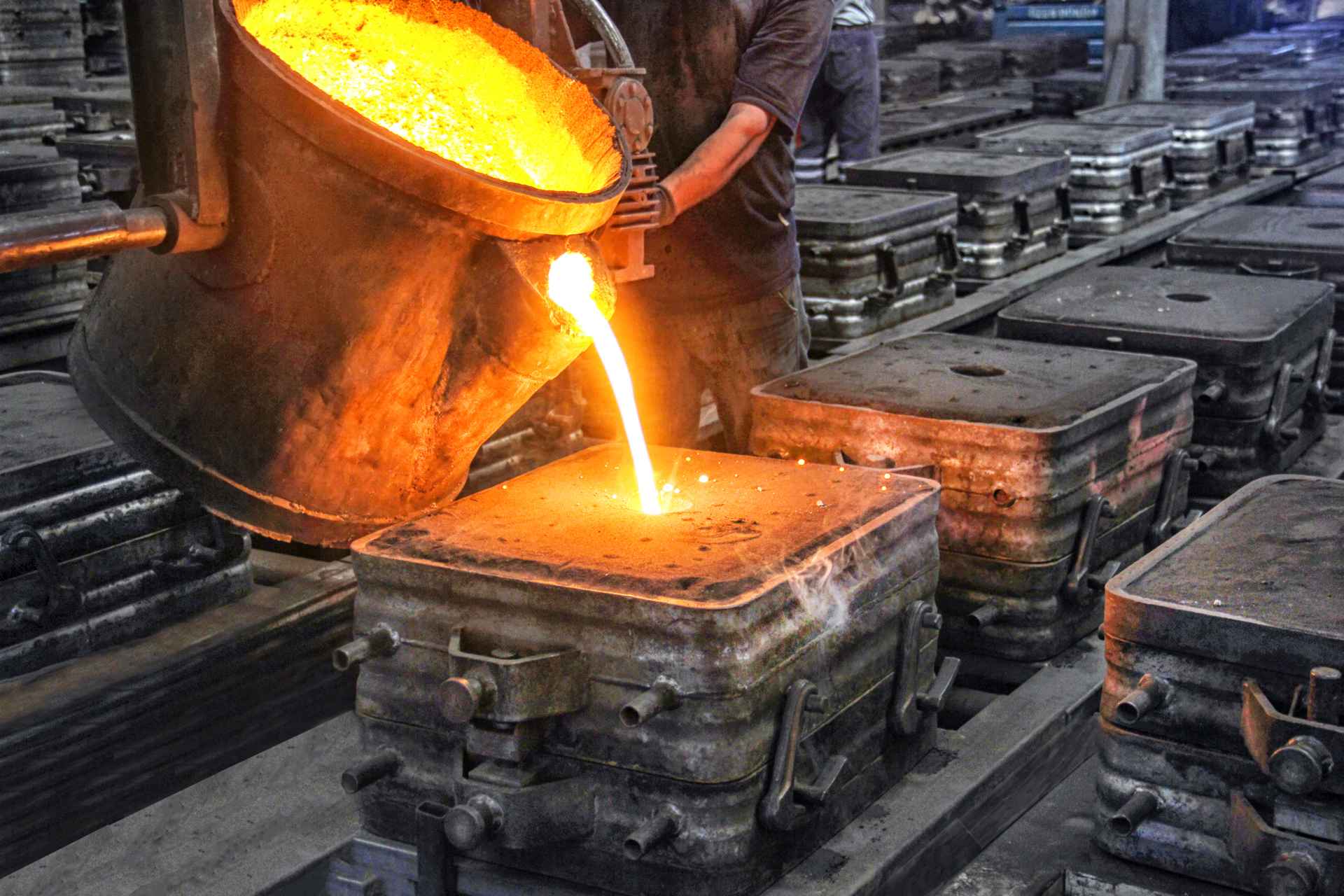Iron castings, the unsung heroes of countless industrial applications, form the strong foundation for machinery, vehicles, and infrastructure across North America. The North American iron casting market, driven by a resurgence in manufacturing and a focus on durability, is experiencing a period of steady growth. Let’s delve into the diverse applications of iron castings and explore the exciting opportunities shaping this market.
Enduring Strength: Applications of Iron Castings
Iron castings offer a unique combination of strength, affordability, and versatility, making them irreplaceable in various applications:
- Automotive Industry: Engine blocks, cylinder heads, brake drums, and transmission housings – iron castings provide a robust and cost-effective foundation for automotive components.
- Construction: From manhole covers and drainage grates to pipes and support beams, iron castings offer long-lasting functionality in construction projects.
- Machine Manufacturing: Iron castings are used to create machine bases, gear housings, and other structural components that can withstand heavy loads and harsh environments.
- Energy Sector: Wind turbine bases, valves, and pump housings often utilize iron castings due to their ability to handle demanding operating conditions.
- Agriculture: Tractor engine blocks, plow components, and implement parts frequently leverage the strength and affordability of iron castings.
Get Exclusive Sample Copy of the Report: https://www.futuremarketinsights.com/reports/sample/rep-gb-17874
A Market Poised for Expansion: Opportunities on the Horizon
The North American iron casting market is experiencing a growth surge driven by several key trends:
- Resurgence of Domestic Manufacturing: The trend of companies reshoring manufacturing operations back to North America creates a demand for reliable iron casting suppliers.
- Infrastructure Investment: Increased government investment in infrastructure projects like bridges, roads, and water treatment facilities requires durable iron castings for long-lasting performance.
- Advancements in Casting Technology: Developments in 3D sand printing, lost-foam casting, and other innovative techniques are leading to more intricate designs, lighter weight castings, and improved production efficiency.
- Focus on Lightweight Castings: Technological advancements are enabling the production of lighter iron castings with improved strength-to-weight ratios, catering to the demand for fuel efficiency in vehicles and machinery.
- Sustainability Initiatives: The recyclability of iron and advancements in energy-efficient casting processes are aligning with growing sustainability concerns in North American industries.
According to a Future Market Insights (FMI) report, the North America iron casting market rose at a CAGR of 6.4% during 2018 to 2022. It is further anticipated to surge at a moderate CAGR of 5.6% over the forecast period 2023 to 2033.
The North America iron casting industry is projected to reach a value of USD 17 Billion in 2023. By 2033, sales of North America iron casting are estimated to reach USD 29.4 Billion.

Challenges and Considerations
The North American iron casting market also faces some challenges:
- Competition from Overseas Markets: Iron castings from countries with lower labor costs can pose a price challenge for North American manufacturers.
- Fluctuations in Raw Material Prices: The cost of iron ore and other raw materials can significantly impact production costs for iron casting companies.
- Skilled Workforce Shortages: The industry requires skilled workers for casting techniques, quality control, and operation of advanced casting equipment.
Get Full Report Now: https://www.futuremarketinsights.com/checkout/17874

